The Emotional Side of Injury Recovery No One Talks About
When it comes to injury, the conversation almost always centers on the physical.
What hurts. What needs stretching. What should be strengthened.
And yes, those things matter. But there’s more to it.
What often gets overlooked is the emotional side of recovery.
There are days when you feel isolated because you’re not out there with your team. Days when you sit on the sidelines watching a race you spent months training for. That frustration, that heaviness, sometimes even hopelessness, it’s more than just disappointment. It’s a form of grieving.
You’re not just missing workouts. You’re missing a version of yourself. The one who could move without hesitation, without fear, without second-guessing.
And that’s the part of injury no one really talks about.
But it’s exactly the part we show up for.
Why Recovery Needs More Than Physical Therapy Alone
Physical therapy isn’t just about muscles and joints, it’s also about meeting you where you are mentally and emotionally. Sometimes that means pushing you to keep going. Other times it means pausing, sitting with the hard stuff, and acknowledging what you’ve lost.
And often, it’s about challenging the way you’re thinking, so you can see the progress you are making and what’s still ahead.
That’s the art of physical therapy.
That’s the magic of the process.
3 Questions That Can Change How You Recover
➡️ If you’ve been feeling down on yourself: What’s one small mental win you might have overlooked lately?
➡️ If you’re realizing your pain is taking more of a toll than you thought: How might things feel different if you had support through the emotional side, too?
➡️ If you’ve been putting off starting PT: What’s been holding you back…and what would it feel like to finally take that first step?
Sometimes the answers to those questions can surprise you. And sometimes they’re the first step toward not just healing your body, but rebuilding your confidence in what you can do.
Because recovery isn’t only about movement—it’s about helping you feel like you again.

